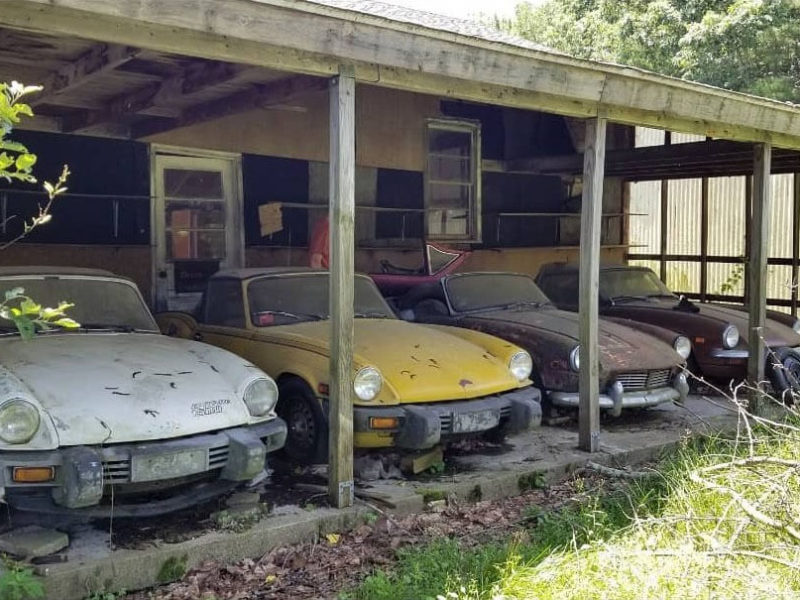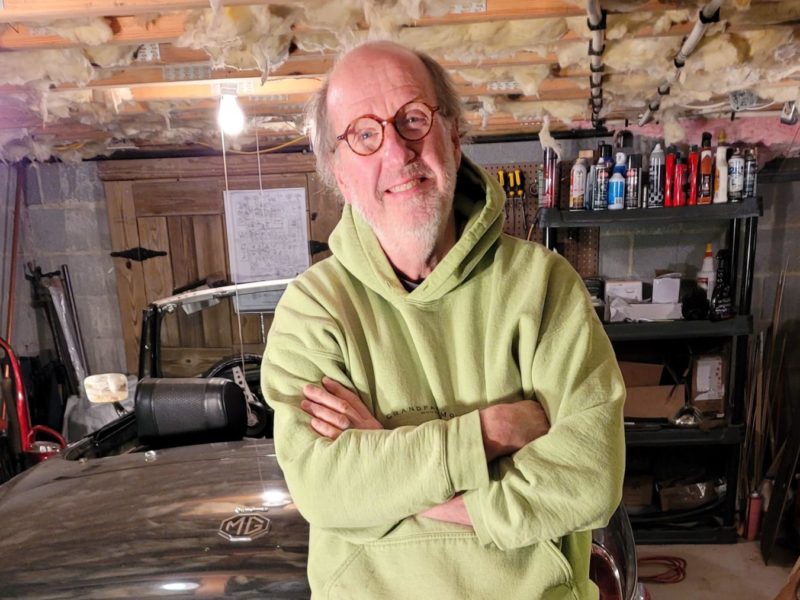Stoplights
Yes, those things at the back of our cars that we rely on to warn other motorists behind us that we are applying our brakes. Without these lights, there would be many more rear-end collisions. Since we have little or no protection at the back of our little cars, and the T-series cars have a potential bomb in the form of a gas tank at the back, it is of the utmost importance that we check that these lights are working on a regular basis.
Since these lights are so important, why not add an additional high center stoplight? There is plenty of proof that this extra light will reduce the chance of rear-end collision by 47%, and we sure need all the protection we can get.
Recently my wife Stella and I went on a run with our other members of our club. During one of our stops, the driver of the car that had been following us commented that for the first few miles my stoplights had not been working but they were okay now. As soon as we arrived home, I decided to check out the system, only to find that they were quite dull and were working intermittently. Since all three lights had the same problem, I went straight to the stoplight switch. By connecting the two terminals on the switch together and turning on the ignition, the stoplights came on nice and bright, which confirmed that the switch was at fault. On the other T cars, as well as the models, you have no choice but to replace the switch, so don’t delay ordering one, otherwise you may be tempted to drive the car again before it’s fixed. On the B models, you can, with a bit of imagination, get into the switch to clean up the contacts, as well as turn the contact washer round 45 degrees to give it two new surfaces and save yourself some money. Whatever you do, test your lights. Your life and the life of your passenger may depend on them working properly. Don’t forget to install the extra stoplight.
Walter Bumby
Canada
Clutch Bleeding
This tip is for all of us that absolutely hate to bleed our clutch. I, like many of you, have always put off bleeding my clutch for the simple fact that it’s a pain. I mean, come on, who decided where to put this slave cylinder anyway?
Well, here is a simple solution to the accessibility problem. Next time you decide to change out the clutch fluid (which should be done once a year), remove the bleeder screw completely. Buy a 3-foot length of metal brake line with a fitting that is the same thread as your bleeder screw. Insert the new brake line into the slave cylinder, and route it up somewhere near the battery box or heater core. Screw the bleeder screw into the end of the new line, and now you can bleed the clutch from an easy-to-reach area under the hood. Keep in mind that your clutch will hold a bit more fluid.
Jay Sampson
Kenosha, WI
Quick Check
I am submitting this brief piece as a tech tip. It is a follow-up to the “Speedometer and Tachometer Quick Check.” I used this method on a speedometer I had purchased for my ’54 Healey 100. While I did get a reading from the speedo, I also stripped the odometer and trip odometer. Use the bit to turn the instrument by hand before you try the power drill. Make sure that it turns with little or no resistance. If you don’t, you risk breaking parts which are difficult to replace.
Greg Lemon
Lincoln, NE
No Speedo, Please
The idea of bringing a drill and a Robertson bit to swap meets to test mechanical speedos and tachs is okay for tachs, but I strongly recommend not to try it on speedos. The reason is that the odometer and the trip meter have little fiber gears, which may be stuck with old hard grease, and if you turn the shaft even a part of a turn, it will shear off the gear teeth. Guess how I know.
Instead, hold the speedo in your hand and just flick it in a twisting motion. If the needle jumps up and returns to zero, the speedo should probably be okay, so you can take it home, clean it, and make sure those gears are free and oiled; then you can do the Robertson test. The same is true for buying a car that hasn’t turned a wheel for many years—disconnect the speedo cable before you move the car even one inch.
Rob Reilly
Glen Ellyn, IL








'Tech Tips: Winter 2000' has no comments
Be the first to comment this post!